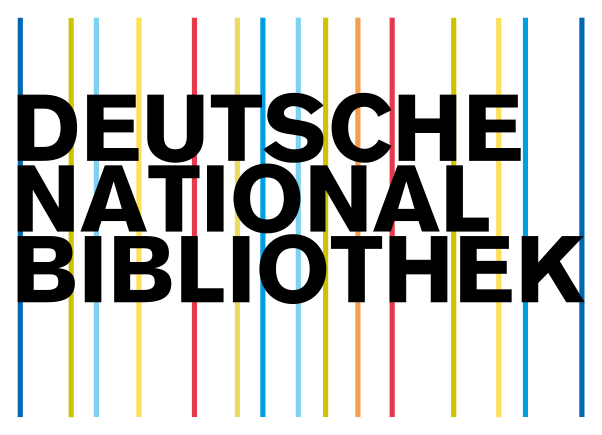Teaching Of Underprivileged Poor Children Through NGO And Educator JAVA Based Website
DOI:
https://doi.org/10.5281/zenodo.5762186Keywords:
Education, Society, Database, NGO, Volunteer, JAVA ProgrammeAbstract
The aim is to create a website named EDUCATOR that will bring all such passionate volunteers closer to the unprivileged children. In this website we will be capable of registering, storing and displaying tutor’s and the NGO’s data. Any person can register with the basic details/information that is asked such as the Name, DOB, Qualification, preferred day and time of the week when they would like to volunteer, etc. and then login to the website. Once the tutor is logged in, they will be able to see the list of NGOs registered on our website and from that the educator can choose the desired NGO that they want to volunteer on the basis of location. Once they select their desired NGO, they will be given the contact details of the NGO such as the phone number, email-id and the address, the tutor can then contact the NGO and set a date and time to volunteer at the preferred NGO.
Downloads
References
“Andrey I. Shutenko, Elena N. Shutenko, Tatiana V. Kuzmicheva, Anastasia V. Koreneva, Julia M. Maltseva, and Alexander V. Apykhtin., “Funciones pedagógicas y el potencial del voluntariado en la educación social de los estudiantes.” Dilemas contemporáneos: Educación, Política y Valores, 2019, doi: 10.46377/dilemas.v28i1.1707.
International Journal of Nonprofit and Voluntary Sector Marketing, vol. 25, no. 3, 2020, doi: 10.1002/nvsm.v25.3.
J. Sebba and D. Berridge, “The role of the Virtual School in supporting improved educational outcomes for children in care.” Oxford Review of Education, vol. 45, no. 4, pp. 538-555, 2019, doi: 10.1080/03054985.2019.1600489.
M. Leisner and P. Brune, “Good-Bye Localhost: A Cloud-Based Web IDE for Teaching Java EE Web Development to Non-Computer Science Majors.” 2019 IEEE/ACM 41st International Conference on Software Engineering: Companion Proceedings (ICSE-Companion), 2019, doi: 10.1109/icse-companion.2019.00108.
M. A. Amasha, M. F. Areed, D. Khairy, S. M. Atawy, S. Alkhalaf, and R. A. Abougalala, “Development of a Java-based Mobile application for mathematics learning.” Education and Information Technologies, vol. 26, no. 1, pp. 945-964, 2020, doi: 10.1007/s10639-020-10287-0.
P. Zhang, Y. Zhang, S. Fan, X. Huang, and J. Zhang, “Research and Implementation of Teaching System for Higher Vocational Specialty Courses Based on Hybrid Teaching Mode.” 2019 10th International Conference on Information Technology in Medicine and Education (ITME), 2019, doi: 10.1109/itme.2019.00105.
Y. Z. Li, S. Gao, J. Pan, B. F. Guo, and P. F. Xie, “Research and Application of Template Engine for Web Back-end Based on MyBatis-Plus.” Procedia Computer Science, vol. 166, pp. 206-212, 2020, doi: 10.1016/j.procs.2020.02.052.
R. K. Mohapatra, B. N. Mohapatra, and P. P. Panda, “Application and Security in Internet of Things (IOTs).” International Journal of Technology, vol. 9, no. 1, p. 1, 2019, doi: 10.5958/2231-3915.2019.00001.4.
A. R. Rao, K. Mishra, and N. Recharla, “Designing an Internet-of-Things Laboratory to Improve Student Understanding of Secure Embedded Systems.” Advances in Intelligent Systems and Computing, pp. 238-239, 2020, doi: 10.1007/978-3-030-58703-1_15.
J. M. M. Razif, “The Development of a Web-Based Student Support System Using Java Server Pages and MySQL.” Journal of Physics: Conference Series, vol. 1529, no. 3, p. 032082, 2020, doi: 10.1088/1742-6596/1529/3/032082.
Downloads
Published
How to Cite
Issue
Section
URN
License
Copyright (c) 2021 Perspectives in Communication, Embedded-systems and Signal-processing - PiCES

This work is licensed under a Creative Commons Attribution 4.0 International License.






